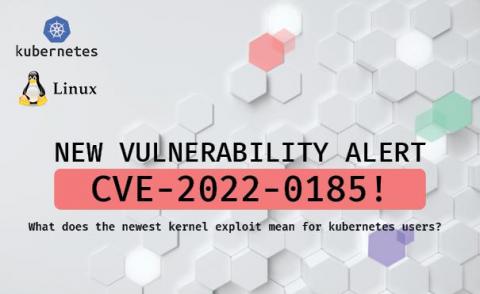CVE-2021-4034: A Walkthrough of Pwnkit - the Latest Linux Privileges Escalation Vulnerability
Since 2009, more than 12 years ago, all major Linux distributions have been incorporating a high severity security hole that remained unnoticed until just recently. The vulnerability and exploit, dubbed “PwnKit” (CVE-2021-4034), uses the vulnerable “pkexec” tool, and allows a local user to gain root system privileges on the affected host. Polkit (formerly PolicyKit) is a component for controlling system-wide privileges in Unix-like operating systems.










